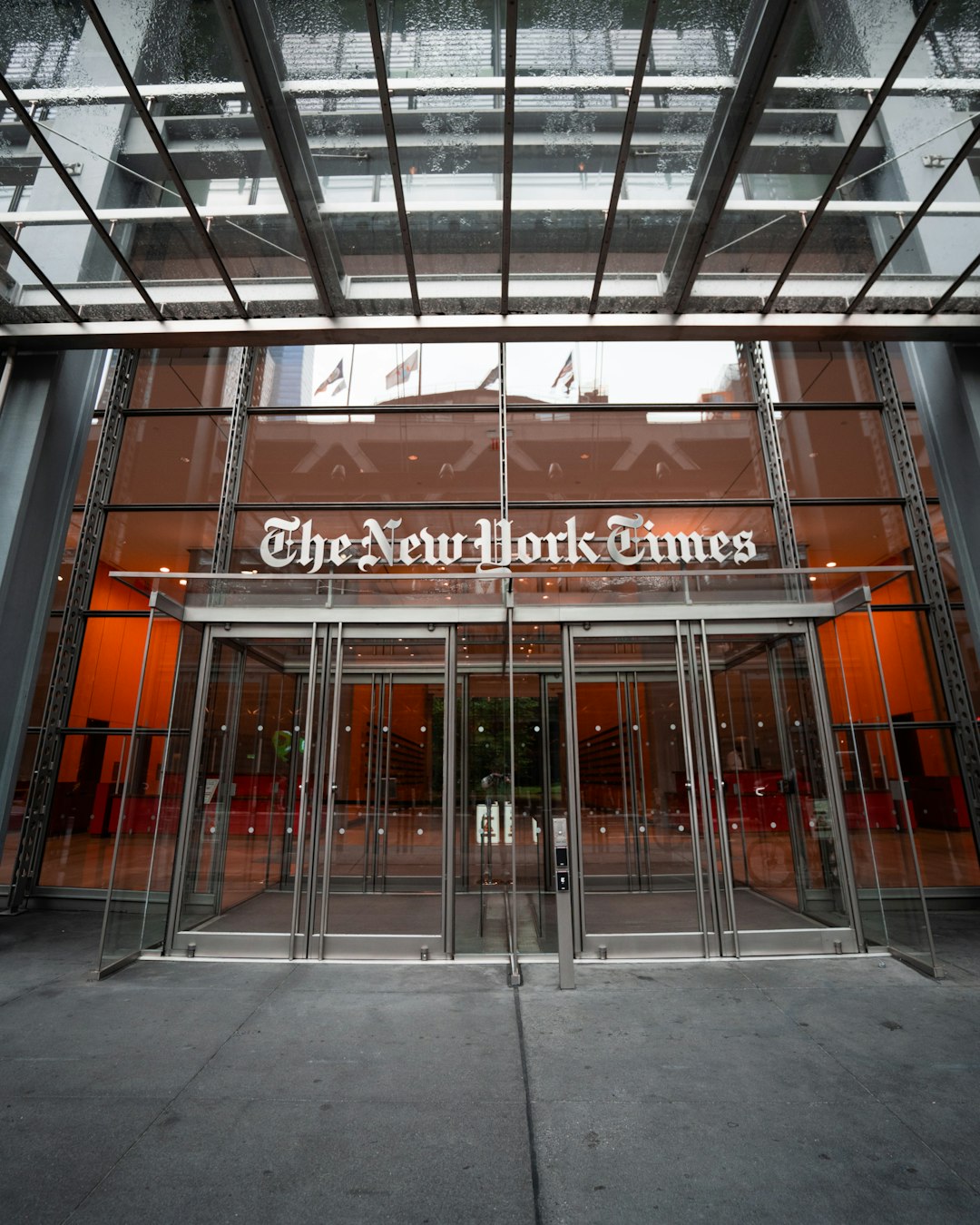The Role of Media in Shaping Public Opinion
Media has always played a significant role in shaping public opinion. Whether through television, radio, newspapers, or the internet, media outlets have a unique ability to influence how people perceive the world around them. In today’s rapidly changing digital landscape, the impact of media on public opinion has only grown stronger.
One of the primary ways in which media shapes public opinion is through news coverage. News outlets have the power to decide which stories to cover and how to portray them. This editorial control greatly impacts what the public sees and hears, ultimately influencing their understanding of current events. For example, if a news outlet consistently covers stories that highlight the negative aspects of a particular political party, public opinion will be swayed against that party.
Media bias is another significant factor in shaping public opinion. Bias can occur in various forms, such as partisan reporting, sensationalism, or selective coverage. When media outlets consistently present stories from a particular perspective, they may inadvertently reinforce existing biases among their audience. This can result in a polarized society, where individuals only consume news sources that align with their preconceived notions.
The rise of social media has further heightened the media’s role in shaping public opinion. Platforms such as Facebook and Twitter have become powerful vehicles for disseminating information and influencing public sentiment. With the ability to share news articles, videos, and personal opinions instantly, social media has created a new form of media ecosystem in which users curate their news based on their network connections. This has led to the formation of echo chambers, where individuals are exposed only to information that reinforces their worldview.
The media also plays a crucial role in setting the public agenda. By deciding what stories to cover prominently, news outlets can direct public attention towards specific issues or events. For example, if a news outlet consistently focuses on stories related to environmental issues, the public’s awareness and concern for these issues will likely increase. This ability to shape the public agenda gives media outlets considerable power in determining the national discourse.
Moreover, paid advertisements and sponsored content play a significant role in shaping public opinion. Advertisements, whether on television, radio, or online platforms, often seek to influence public perception through carefully crafted messaging. By appealing to emotions, desires, and fears, advertisers can shape public opinion on a wide range of issues, from political candidates to consumer choices. Similarly, sponsored content, such as sponsored articles or influencer collaborations, can shape public opinion by presenting a particular viewpoint disguised as objective information.
That said, it is important to acknowledge that the media’s impact on public opinion is not absolute. People have the ability to critically analyze the information they consume and form their own opinions. Additionally, alternative media sources have gained popularity in recent years, providing different perspectives and challenging mainstream narratives. The rise of citizen journalism and fact-checking organizations has further empowered individuals to question and verify the information presented by the media.
In conclusion, media plays a central role in shaping public opinion. Through news coverage, bias, social media, setting the public agenda, and advertising, media outlets have the ability to influence how the public perceives the world around them. However, it is essential for individuals to actively engage with the media, critically analyze information, and seek out alternative viewpoints to form well-rounded opinions. Only through an informed and discerning public can media truly fulfill its responsibility in shaping public opinion.
